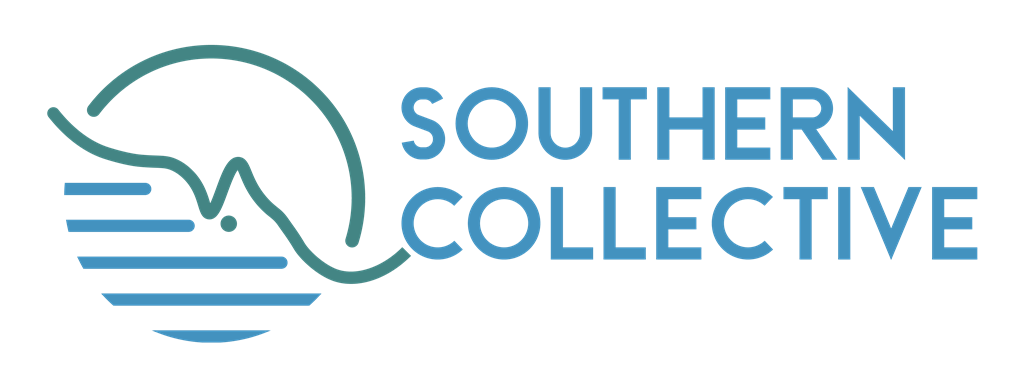Phase II - BlueUrban
Objectives
Unlike developmental projects such as dams and conservation spaces, coastal protection has historically been a relatively non-controversial political object. This is rapidly changing with the creation of new kinds of risk-driven territory-making, the creation of walls, border and buffer zones.
In Phase I of the EMERSA project, we studied knowledge mobilities, while asking which solutions for sea level change adaptation gained local traction and why. This second phase project focuses on urban infrastructural futures, in order to understand broader entanglements between risk-driven practices of coastal intervention and more profit-led processes of urban change, taking into account real estate development for example. Sea level change can therefore be recast as a lived reality that is both dystopic for some, and utopic for others.
BlueUrban explores how global networks of innovation for living with sea level change influence diverse ways in which Southeast Asia’s coastal cities futuristically reimagine, negotiate, and materially shape their urban environments in the century to come
At its core, BlueUrban aims to map patterns of global circulation, and to trace how urban imaginaries and practices of speculative futuring for living with socio-environmental uncertainty evolve in the “megacities” of Jakarta, Manila, and Singapore.
In doing so, we focus on two emergent technologies of coastal adaptation: multifunctional dikes and large floating structures including artificial islands.
In particular, BlueUrban asks how micro-practices of ‘mobility agents’ in the ‘traveling business’ of sea level change adaptation co-shape ways in which cities come to be speculatively futured, for whom and why.
The study conceptualises adaptation as a discursive practice, and a highly charged economic and political sphere, that connects vastly different sites for coastal change through a global set-up of knowledge transfer and translation, yielding both winners and losers in its wake.
Methods

BlueUrban researchers bring a range of diverse methodologies and analytical frames into the project, including discourse and narrative analysis, in-depth ethnographic approaches, oral and life history work, Participatory Learning and Action (PLA) frames, as well as other geographically inspired modes of (mobile) inquiry.
The project will continue to advance a ground-up approach that we term as ‘follow-the-moving-target’ methodologies in Phase I, which enabled the tracing of multiple mobilities and influences of material and non-material, tangible as well as intangible subjects that travel – from infrastructures and technologies to imaginaries and discourses of urban futuring.
Work Packages

The project is designed for multi-sited ethnographic research and a mix methods approach that allows to follow technologies and innovations from sites in which ideas are seeded and designed, to test beds and spaces of implementation. It will closely track how the solutions themselves change.
The two technologies are mirrored in the two Work Packages I and II, with a crosscutting conceptual WP 0.
Each of the work packages will focus on one of the two selected adaptation technologies and trace the global interconnectedness and the localized translations and implementations in Southeast Asia.
WP 0 will further develop the mid-range concept of ‘epistemic mobilities’ through the identification and theorization of different trajectories of knowledge ‘translations’ that take place through boundary-crossing (i.e. geographic, social, terrestrial/marine etc.) when futuring coastal cities.

WP 1: Multifunctional dikes/Superdikes (led by Dr. Johannes Herbeck, University of Bremen).
The work package will address the overarching question of how a specific coastal adaptation technology, the multifunctional dike, has been and is currently circulated globally and translated into concrete adaptation projects in Southeast Asian coastal cities. Based on the preliminary findings from the first EMERSA phase and on further literature research, the concept of multifunctional dikes has gained increasing attention over the past years in different geographic contexts. Starting from early historic accounts from Dutch cities, the strategy has been applied extensively already in the 1980s in Japan. Recently, some European cities like Hamburg, Dordrecht, Rotterdam or Scheveningen have explicitly referred to the idea in their coastal defense strategies, and cities in the US have taken up the debates. At the same time, references to the concept were also found during research for EMERSA I, especially in the context of newer debates around the Great Garuda-project in Jakarta that were at least partially inspired by Korean consultants sharing their experiences with the construction of a superdike for the Saemangeum Seawall project in South Korea (personal communication, Departments of Fisheries, Jakarta).
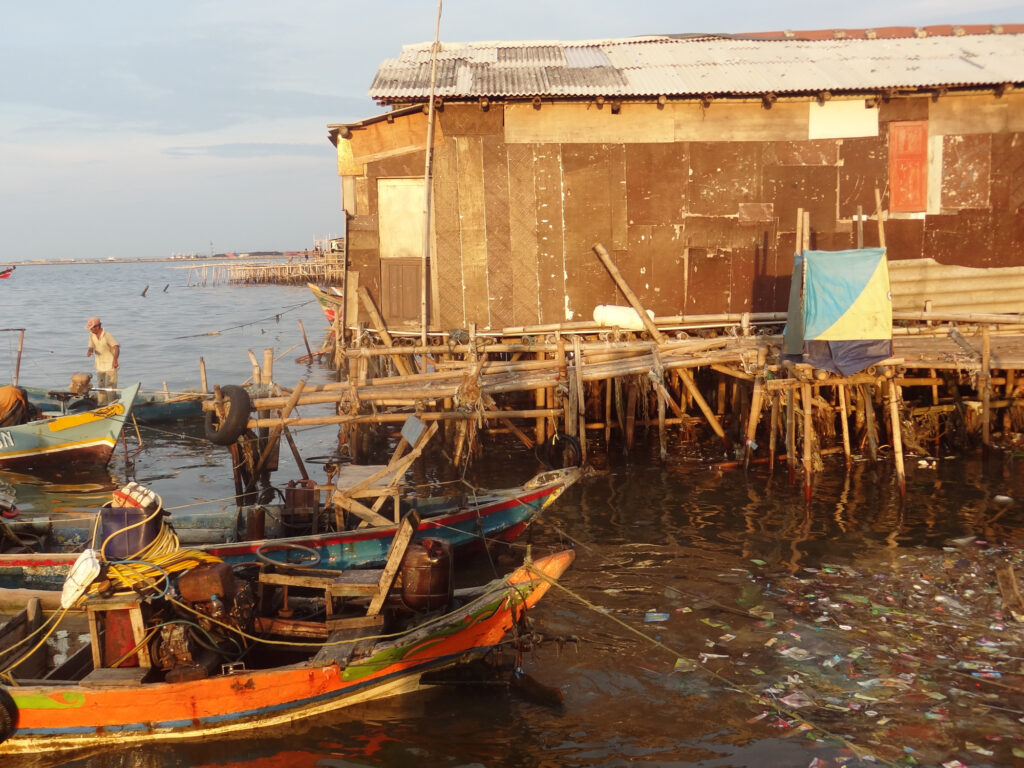
WP II: Floating Structures and Artificial Islands (led Dr. Siriwardane, Leibniz ZMT).
WP II traces how older historic rationales, if relevant, are altered or come to meld with more purportedly ‘modernist’ (and postmodernist) design solutions as evidenced in urban planning , architectural and marine engineering visions (Beatley, 2014; Mega, 2016). Thus, historic, transcultural, socio-economic, institutional-legal and technological interpretations of what is diversely taken to mean terra-aqueous or even ‘amphibious’ will be closely followed, by focusing on how its discursive currents, flows of actors, events, and communicative pathways come together in favoring particular policy rationales, technological and material practices over others. Both large and low-impact small-scale innovations will be traced alongside ‘vernacular’ and historically inspired solutions (such as Manila´s fluvial stilted housing and Indonesia´s rummah panguung abodes) that focus on the creation of upscaling ‘floating’ structures for residential and commercial use, together with the ‘off-shoring’ of urban life in the form of artificial islands and floating cities in their entirety.
WP 0: Mid-range concept building on Epistemic Mobilities and Social Learning for Change Adaptation (co-led by Prof. Dr. Anna-Katharina Hornidge (German Development Institute/DIE) & Prof. Dr. Michael Flitner (artec, University of Bremen).
In the first phase we proposed “epistemic (im-)mobilities” as a conceptual lens for studying the travel of adaptation policies and practices from one state or system of knowing (or intersubjectively shared reality) to another. Focus was placed on the modes of travel and the kinds of meanings and boundaries that were crossed, how and why – across geographic contexts, scalar levels, social states and states of knowing (e.g. riverine flood management practices applied to coastal realms), together with epistemic immobilities depicting fixties, invisibilities, or a static remaining. Drawing on literatures from the sociology of knowledge and phenomenology (cf. Berger/Luckmann, 1966; Knoblauch, 1995; Siriwardane-de Zoysa/Hornidge, 2016; Keller/Hornidge et al., 2018), the political geography of traveling ideas and policy mobilities (Rottenburg, 2009; McCann, 2011; Weisser et al., 2014), together with post-area studies approaches and on boundary-making and bordering among others (Jessop et al., 2008, Popescu, 2012; Derichs, 2017; Mielke/Hornidge, 2017), we traced how epistemic mobilities themselves possessed the agency of influencing policy trajectories, breaking path dependencies and pushing for transformative change.
Thus, the second phase shifts the gaze from modes of travel to trajectories of translation via futuring (starting from the global), necessitating an inquiry that attends to both the object/subject that is being carried/translated to the very systems of their materialization (e.g. in built form) which are themselves being negotiated and reinterpreted. While continuing to draw from our existing corpus of methodological tools and conceptual approaches, we will be drawing additional inspiration from affect theory (combining the emotive and multi-sensory, cf. McKenzie, 2017), as well as urban-centered Actor Network Theory (ANT) and assemblage approaches (cf. McFarlane, 2011a, 2011b; Cvetinovic, 2017 et al., 2017), in order to characterize the discursive spaces, carriers and epistemic channels that both dis/connect and enable diverse trajectories of (im)mobility through their speculative, communicative and performative appeal.
Partners



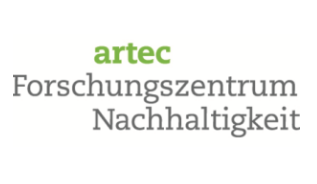
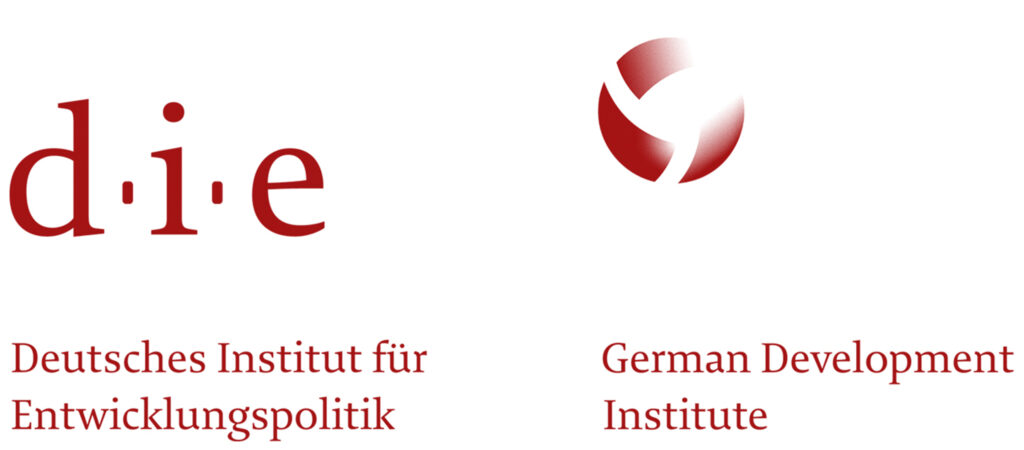

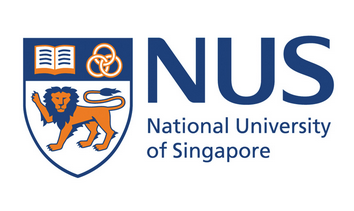

Photo credits: East Coast Park in Singapore, J. Herbeck ©



